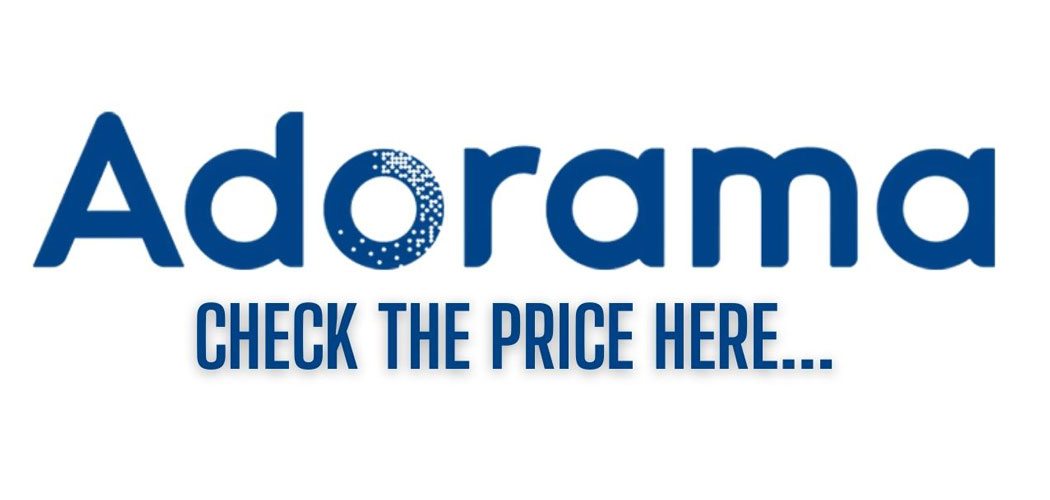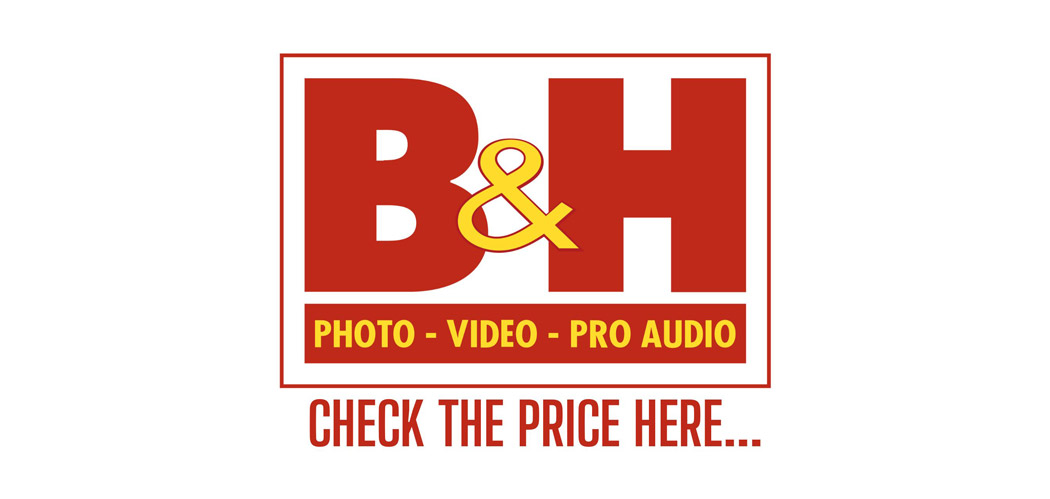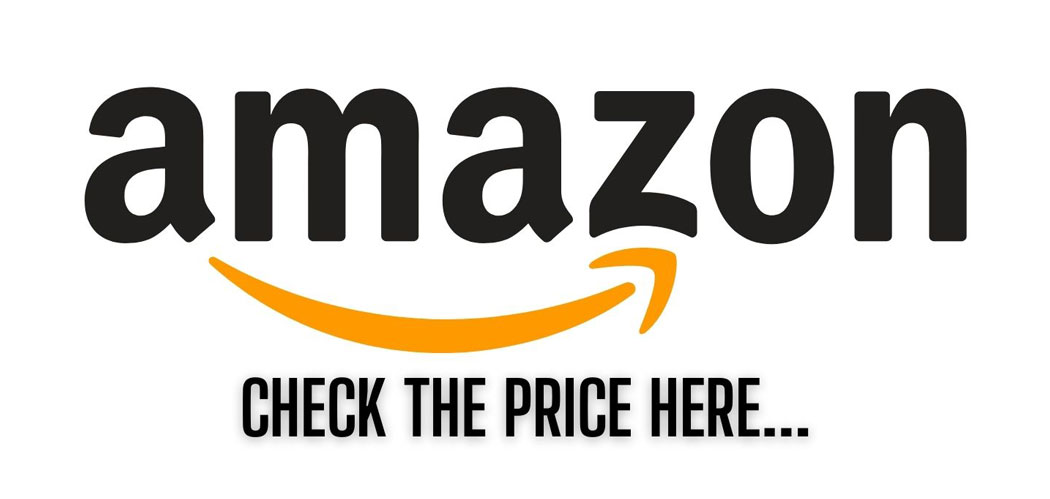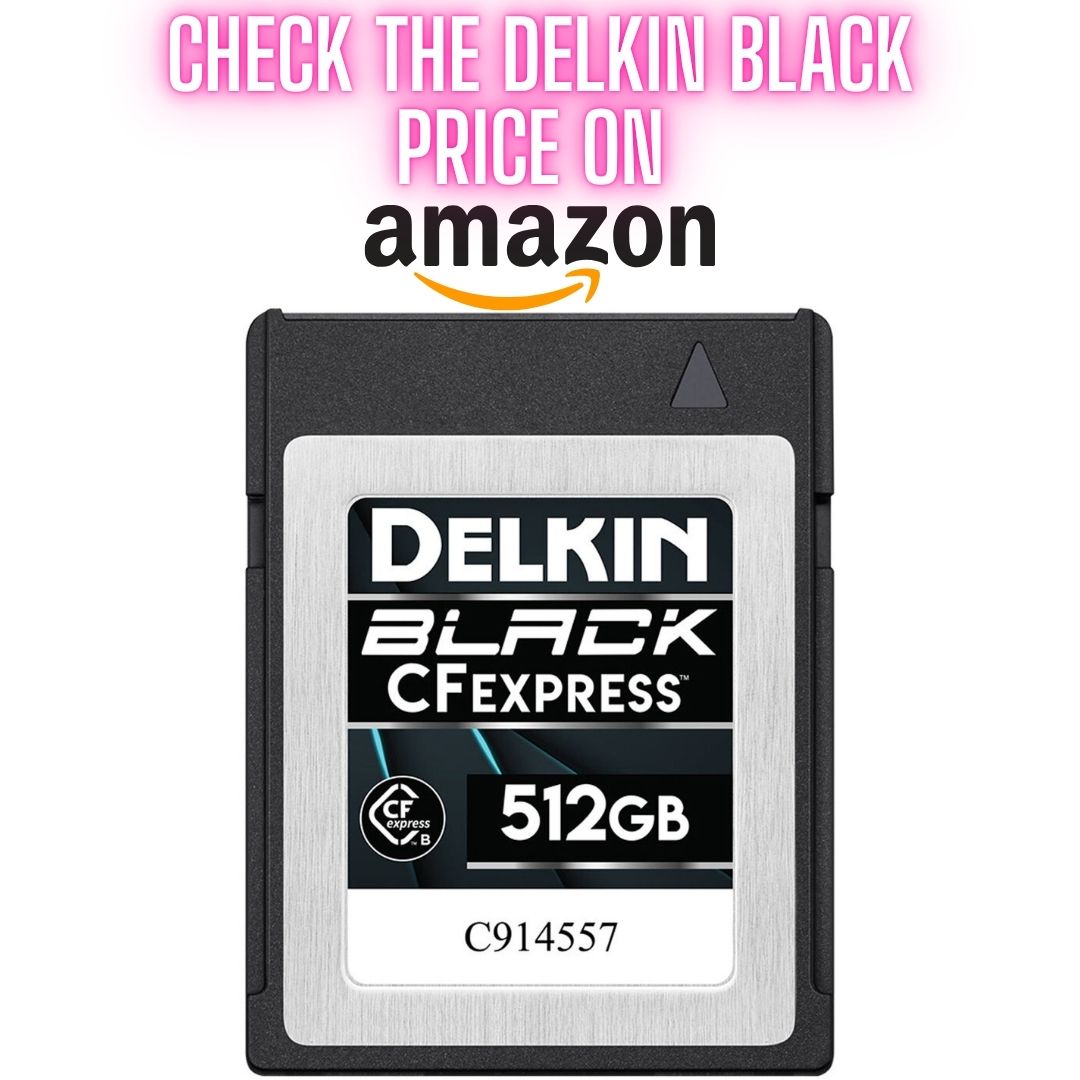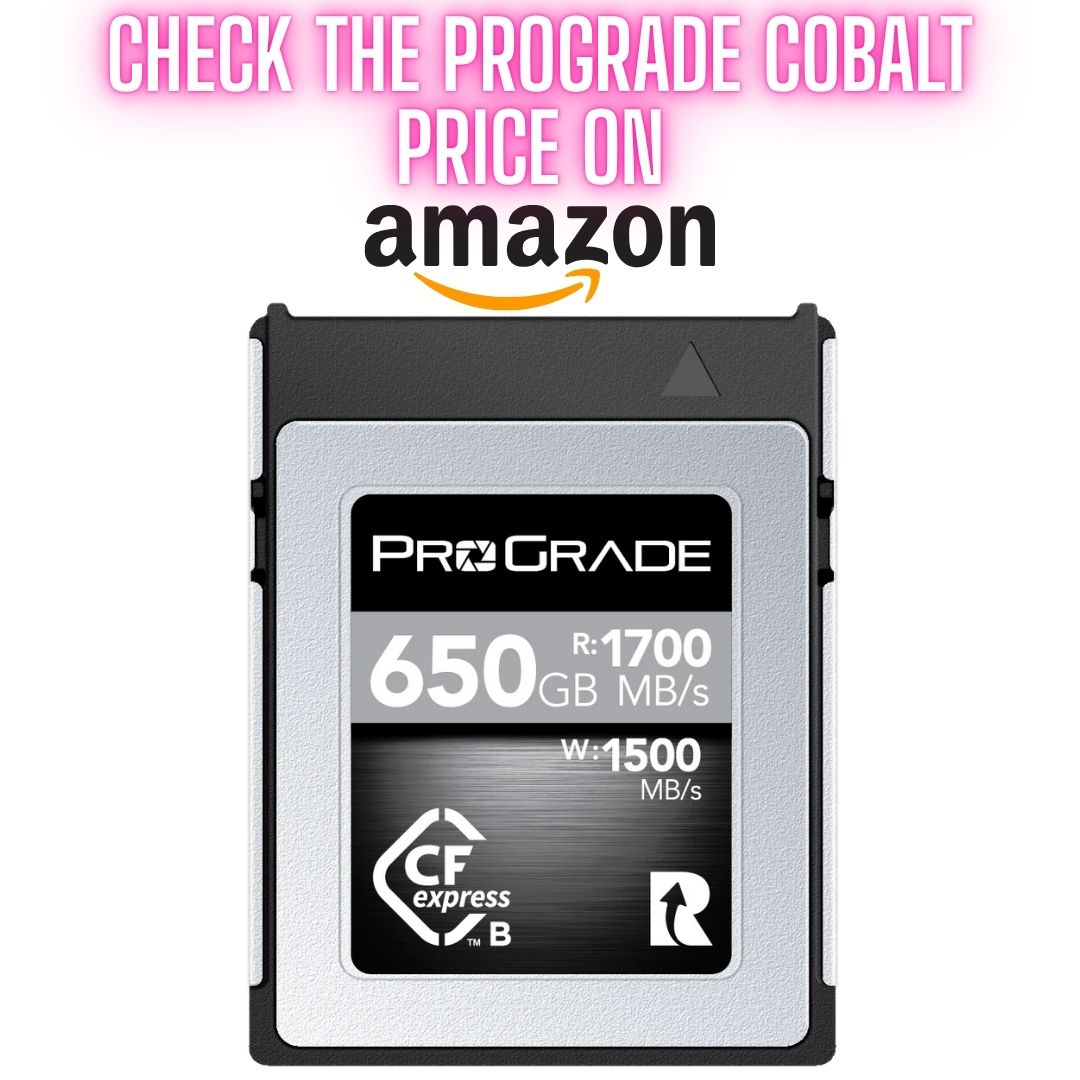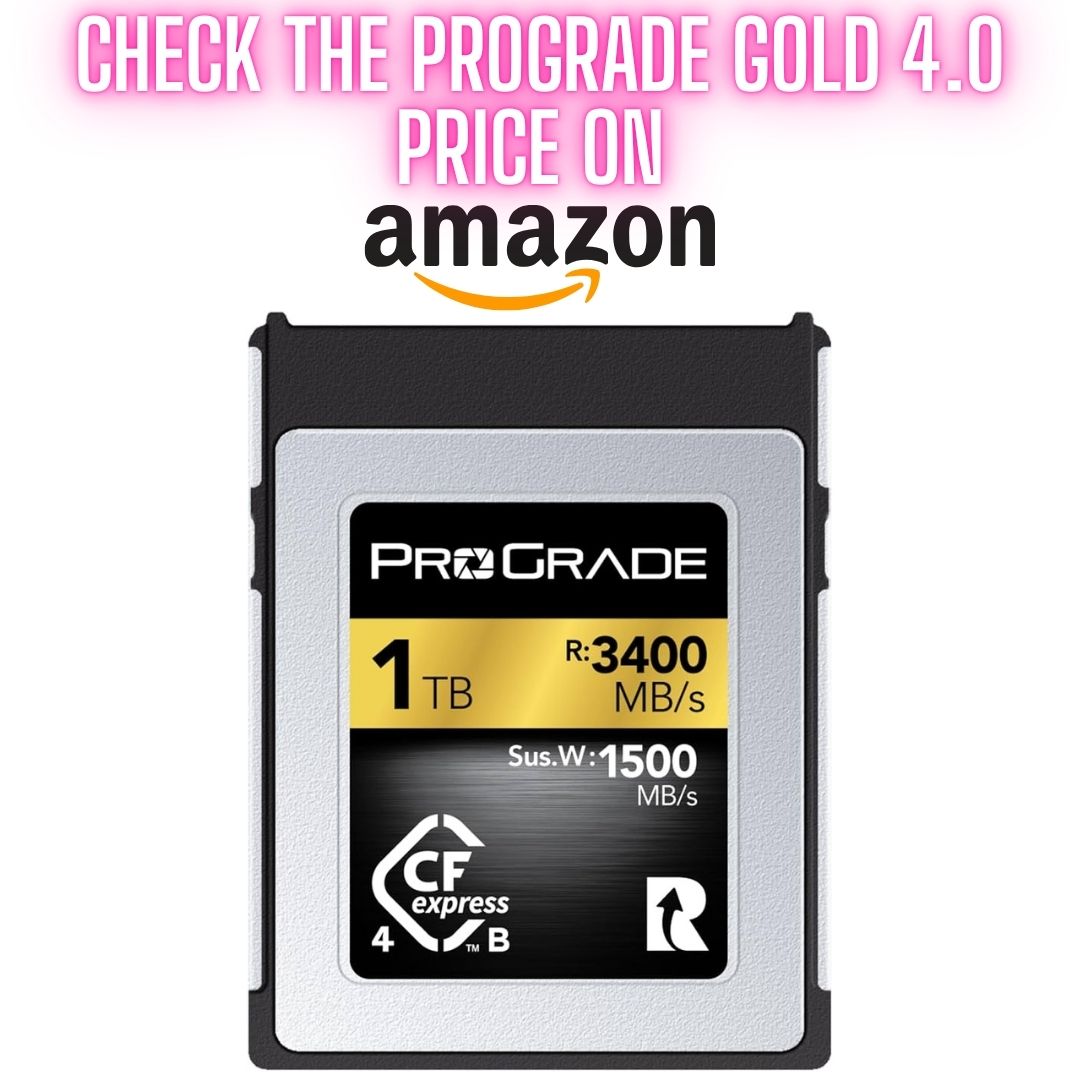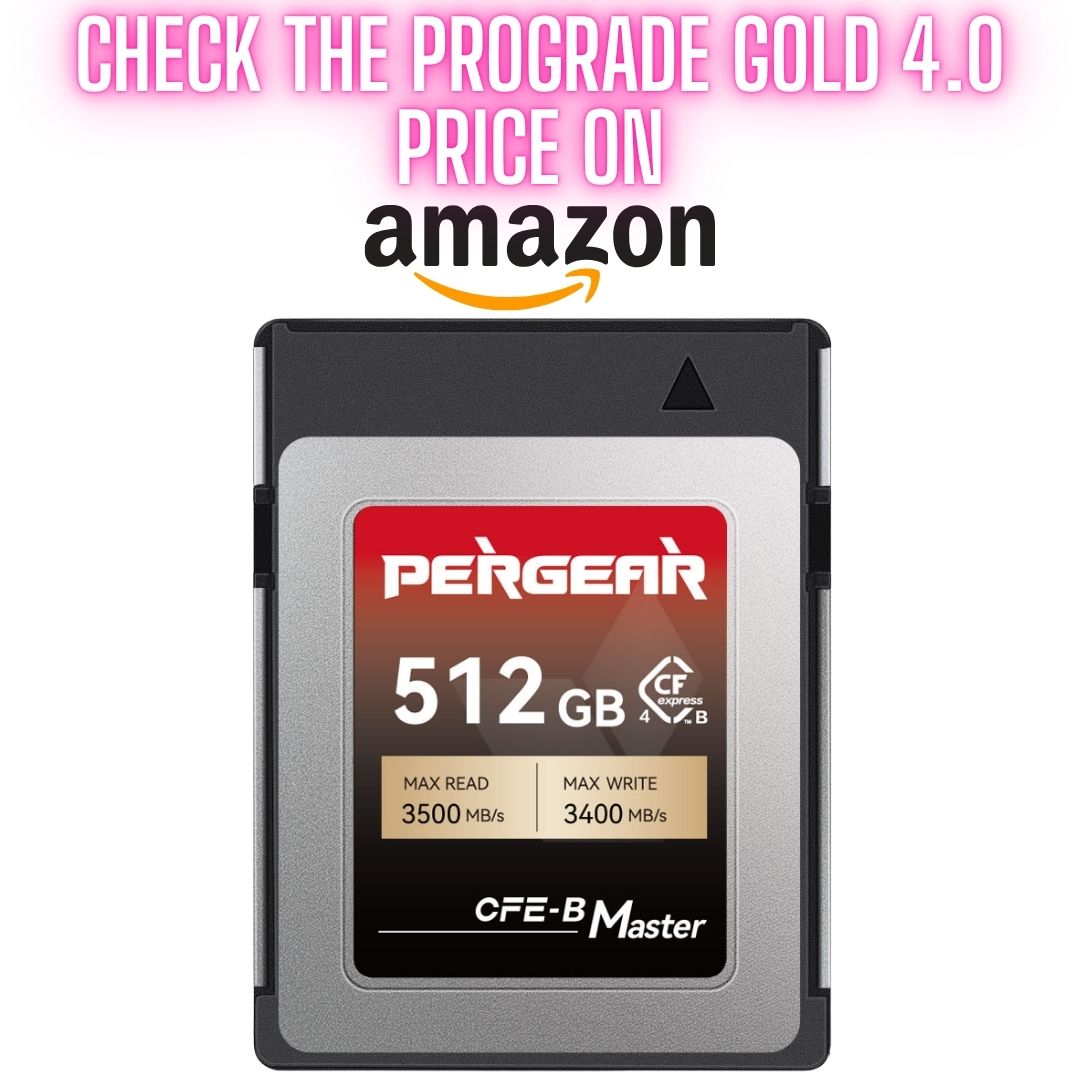Nikon Z8 Review : What you’ll love about it…
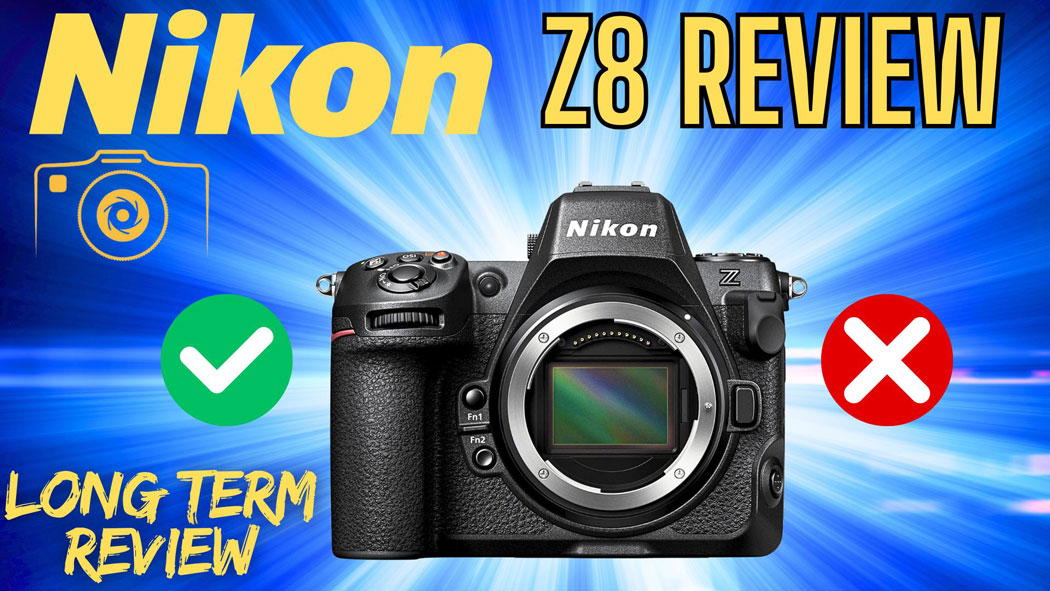
Nikon Z8 Review – Still a Game-Changer in 2025?
Welcome to my Nikon Z8 Review and after over 14 months of daily use these are my Pros and Cons and how the Z8 has worked for me on a professionally level and what I think of it.
The Nikon Z8 has been called the “mini Z9” by a lot of people but I feel that description doesn’t really do it justice. It’s so much more than that, I see it as the ultimate Hybrid camera as it excels in both photography and videography. Giving us this perfect balance between performance, size, weight and handling.
From the very first moment I picked it up it reminded me of my beloved D850. The D850 also felt like it would keep going forever and thankfully the Z8 brings much of that same confidence back to mirrorless shooting.
This review is going to be a mostly positive one, but there have been a few bumpy patches with the Z8 which I will talk you through also. So come on let’s dive into this long-term Nikon Z8 Review.
First impressions and how it feels
When I first unboxed it, I was immediately struck by how normal it felt, I was actually very disappointed at first, it just felt like any other Nikon body I had owned before, so obviously I was a bit shocked and disappointed.
It was only when I stopped and thought about it that I realised, it felt so familiar because it reminded me so much of my D850 and D810 which I still owned at the time. So, this initial disappointment quickly faded into excitement as I realised I finally had a mirrorless body that just felt right in my hand.
The grip was deeper, taller and more comfortable than my Z7ii’s grip, I always found the Z7ii’s grip to be a bit too short for me and often times it left my small finger hanging onto the grip for dear life and the lower part of the grip would dig into the palm of my hand, as it was again not long or tall enough.
The Nikon Z8 was felt like a breath of fresh air and it fitted my hands perfectly, it just felt more balanced as a result this large surface contact area, this all made it feel more balanced, even with heavier lenses like the 70-200mm f/2.8 on six to eight hour shoots, it was easy to work with.
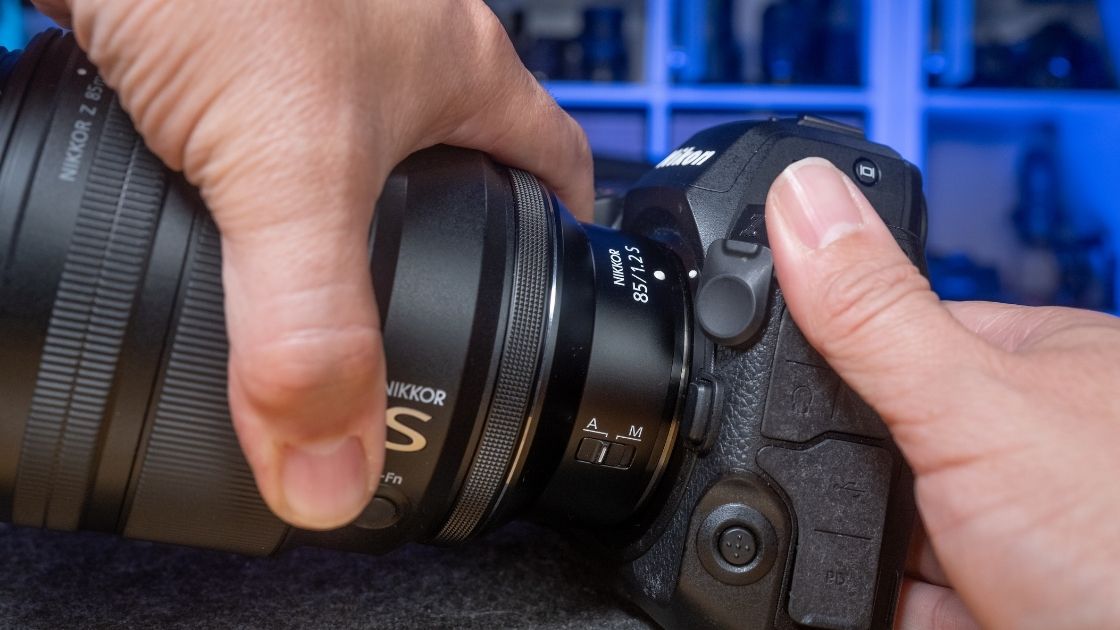
Build Quality
Build quality is also reassuringly good. While it doesn’t quite reach the legendary tank-like construction of the D850, the Z8 still has a tough, professional-grade weather-sealed magnesium alloy body but unlike the Z9 it trims down the weight to a very manageable 910g which is nearly the same weight as the D850.
The buttons and dials feel tactile, yet solid and they also feel very sure when you press them home, the back display is very well made producing crisp, bright, sharp images and the articulating system supporting the display feels solid and very maneuverable.
The battery door and card slot doors again feel very positive and robust so overall there is very little not to like here.
For landscape shoots in unpredictable weather, my Z8 has been rock-solid, surviving rain, coastal spray and sub-zero mornings without skipping a beat. It just took it all in its stride and never complained.
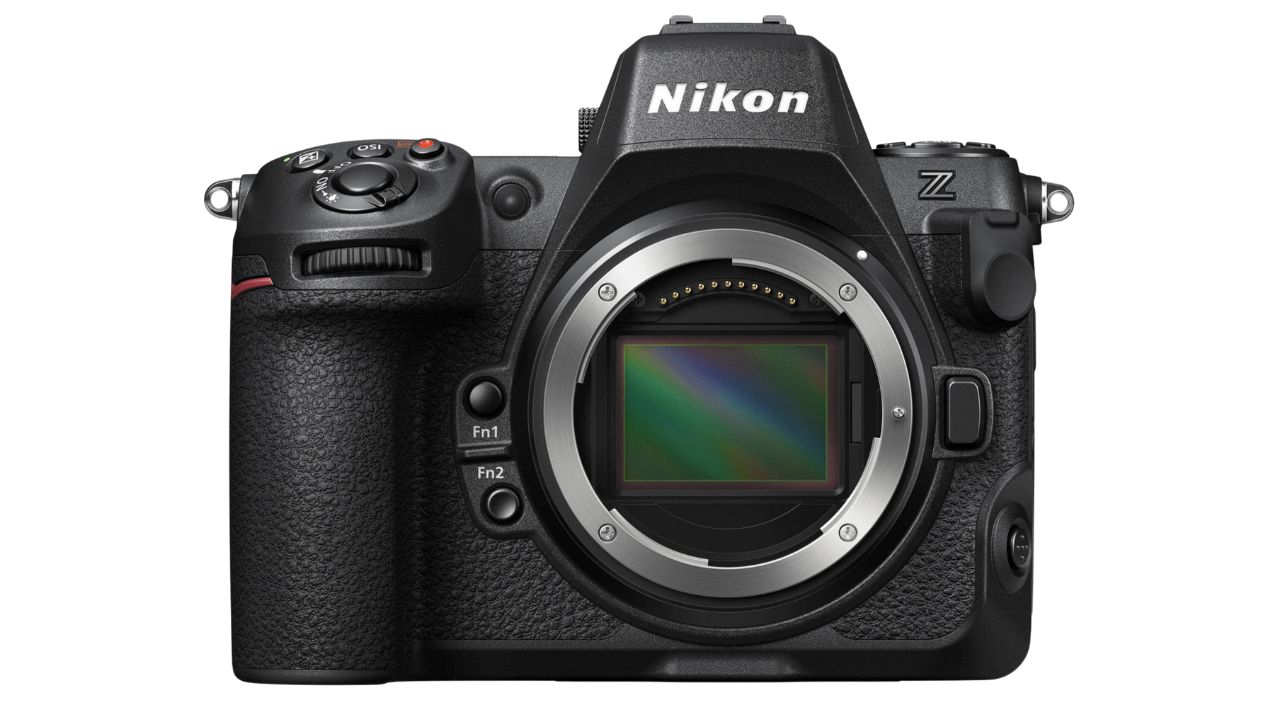
A big bonus for me is the pro button layout as it’s very similar to my previous cameras so it immediately felt natural in my hands, like I had always been using it,muscle memory could kind of take over straight away with little to no learning curve involved.
For me that was huge, but I will say you do need to change the way you use the auto focus, but it’s all good and I have you covered here with a great video further down the page where I run you through my full auto focus setup. I like to call this focus method boosted subject detection and trust me it will dramatically improve your autofocus for all genres of photography.
So, from a build quality and feel perspective the Nikon Z8 feels like a DSLR reborn, but with all the benefits or brains of mirrorless technology crammed under the hood. That’s about as good as any mirrorless camera can get in my eyes.
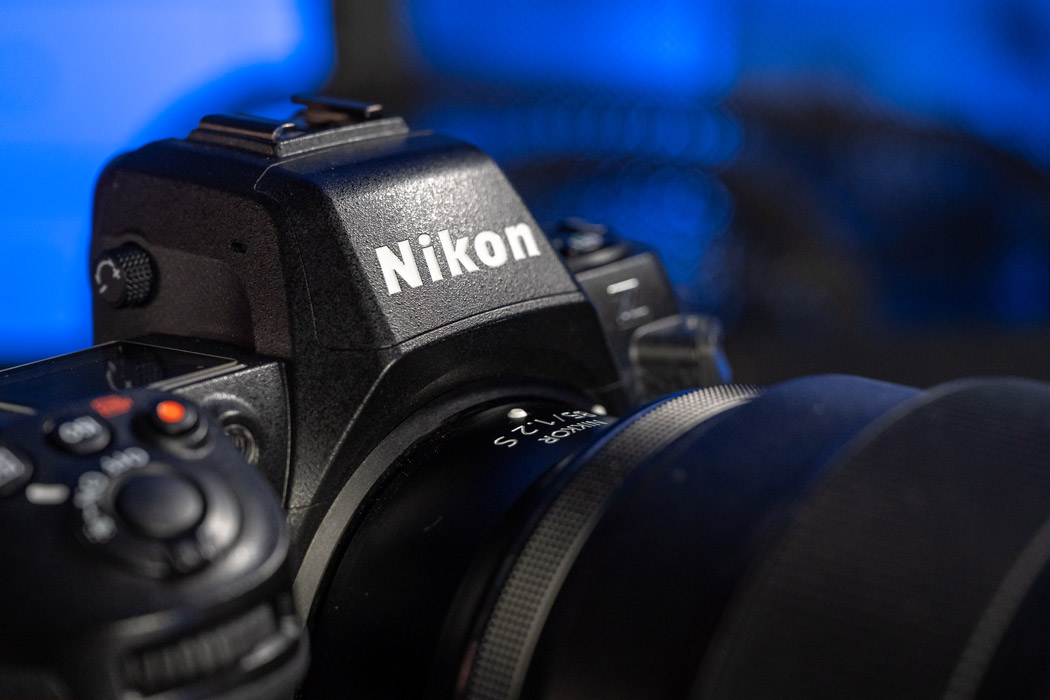
Nikon Z8 Price – Is It Worth It?
At the time of doing this Nikon Z8 review the Z8 was costing around $3,500 to $4,000 USD, so the Z8 sits firmly in the professional camera body category and it’s certainly not a cheap camera, but you have to remember you’re getting flagship performance here at a much lower price point than the Z9.
So, for me and for most photographers who want the best Nikon camera they can get but without the bulk and weight of the Z9, the Z8 is clearly worth the money for the amount of camera you are getting.
These are affiliate links so if you purchase through them I may get a slight commission but it doesn’t cost you anything so thank you for supporting my reviews, channel and website.
When you consider that the Nikon Z8 delivers 46MP stills, it’s capable of 20fps bursts, 8K60P RAW video and Nikon’s best autofocus system yet, that price tag starts to look more like an investment in you and your art.
You can also sometimes pick up a Second Hand Nikon Z8’s on Adorama here if a new one isn’t in your budget.
In my opinion, the Nikon Z8 is one of the best price-to-performance cameras Nikon has ever released. The Z6iii(review here) might have a thing or two to say about that also. You can read my Nikon Z8 vs Nikon Z6iii review here.
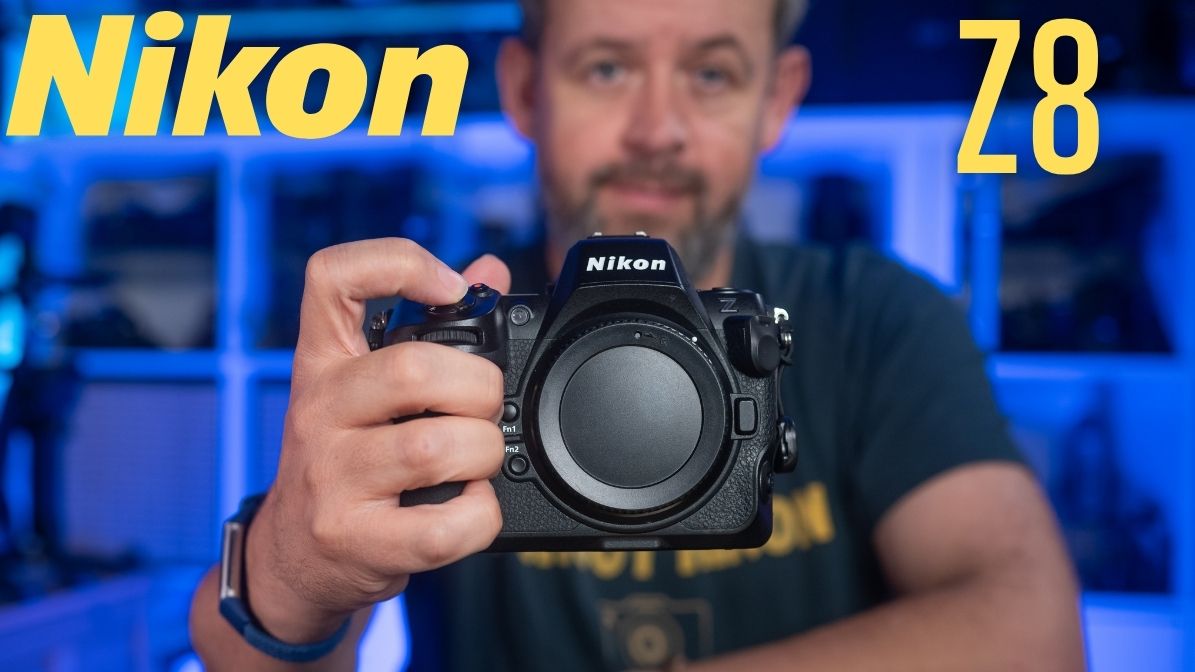
Features List
Image Sensor
- 45.7 MP stacked CMOS full-frame sensor
- EXPEED 7 image processor
- ISO 64 – 25,600 (native), expandable 32 – 102,400
- Dynamic range ≈ 14 stops
- No mechanical shutter – silent electronic only
Shooting Performance
- Up to 20 fps RAW / 30 fps JPEG / 120 fps at 11 MP
- 493-point phase-detect AF system
- Eye-detection AF for humans & animals
- Subject detection: people, animals, birds, cars, motorcycles, planes, trains
- Pre-release capture (1 sec before shutter)
- In-body 5-axis VR (up to 5.5 stops)
Video Capabilities
- 8K 60p (N-RAW 12-bit)
- 8K 30p (ProRes RAW HQ 12-bit)
- 4K 120p / 60p / 30p (oversampled from 8K)
- 10-bit 4:2:2 N-Log or HLG HDR output
- ProRes 422 HQ and H.265 recording
- No record limit (up to 125 min continuous 4K)
- 24-bit audio recording + mic and headphone jacks
- Waveform monitor and red REC frame indicator
Build & Handling
- Magnesium alloy / carbon fiber body
- Comprehensive weather sealing
- Weight ≈ 910 g (2.0 lb incl. battery)
- Dual card slots: CFexpress Type B + SD UHS-II
- EN-EL15c battery / USB-PD Power Delivery charging
- Ports: USB-C x2, HDMI, mic, headphone, remote terminal
Display & Viewfinder
- 3.69 M-dot OLED EVF (120 Hz refresh, blackout-free)
- 3.2″ 4-way tilting touchscreen (2.1 M dots)
- Top status LCD backlit display for quick settings
Connectivity
- Wi-Fi (2.4 & 5 GHz) + Bluetooth 5.0
- USB-C support for wired transfer & USB-PD power port.
- SnapBridge app integration (remote shooting & file transfer)
Extra Functions
- Focus stacking & focus shift shooting
- Pixel shift (hi-res mode via firmware)
- Lossless digital 2× zoom for video
- Custom banks (A/B/C/D) for photo & video
- Three Fn buttons for quick settings
- HEIF 10-bit still support
Highlights
- Same sensor & processor as the flagship Z9
- 30 % lighter body – ideal for hybrid shooters
- Professional-grade stills and cinematic video in one camera
- Perfect for landscape, wedding, wildlife and commercial work
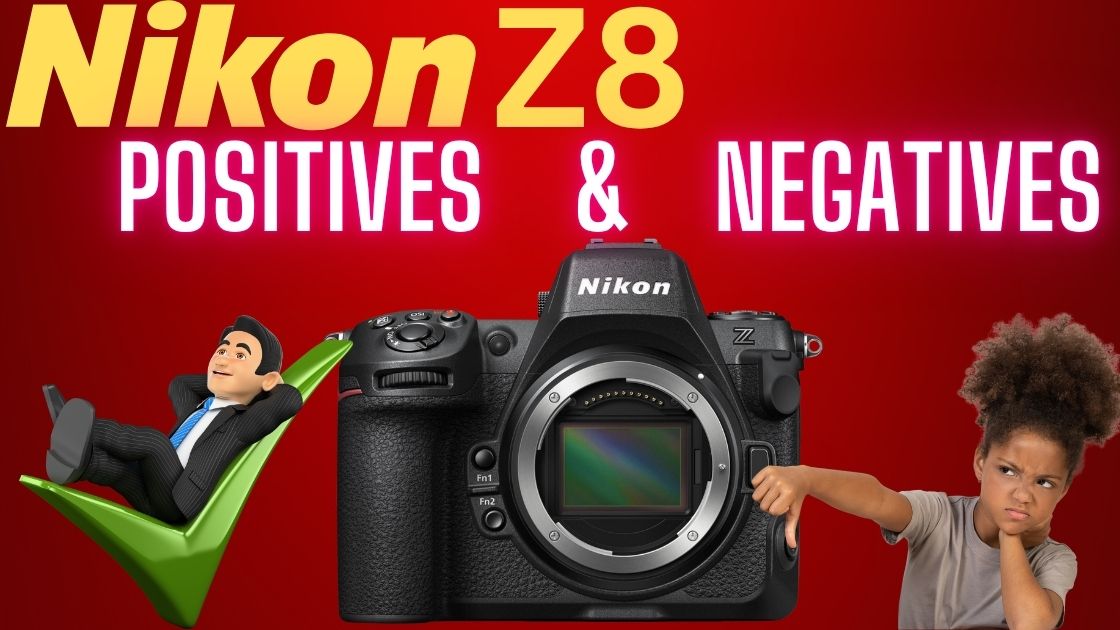
Nikon Z8 Positives – What This Camera Gets Right
My Nikon Z8 review positives…
- Autofocus Excellence: Super-fast, sticky and accurate in almost every scenario, especially with my boosted subject detection focus setup.
- Image Quality: Beautiful color science, rich skin tones and ultra-sharp 46MP files thanks to the lack of a low-pass filter.
- Dynamic Range: 14 stops of flexibility make editing a joy.
- High-Speed Shooting: 20fps RAW burst shooting for sports, wildlife and action.
- Stabilization: In-body 5-axis IBIS gives up to 5.5 stops of handheld freedom.
- Video Features: Internal 8K RAW recording and loads of professional-grade tools for hybrid creators.
- Firmware Support: Nikon continues to roll out meaningful updates, adding features and improving performance. This for me is what sets Nikon apart from other brands right now.
- Practical Touches: Like the awesome sensor shield to protect from dust, dual card slots (CF Express + SD), blackout-free EVF and a versatile flip screen.
In short, the Nikon Z8 feels like a true all-rounder — a camera capable of handling just about any genre but nothing is perfect so let’s have a look at the negatives now.
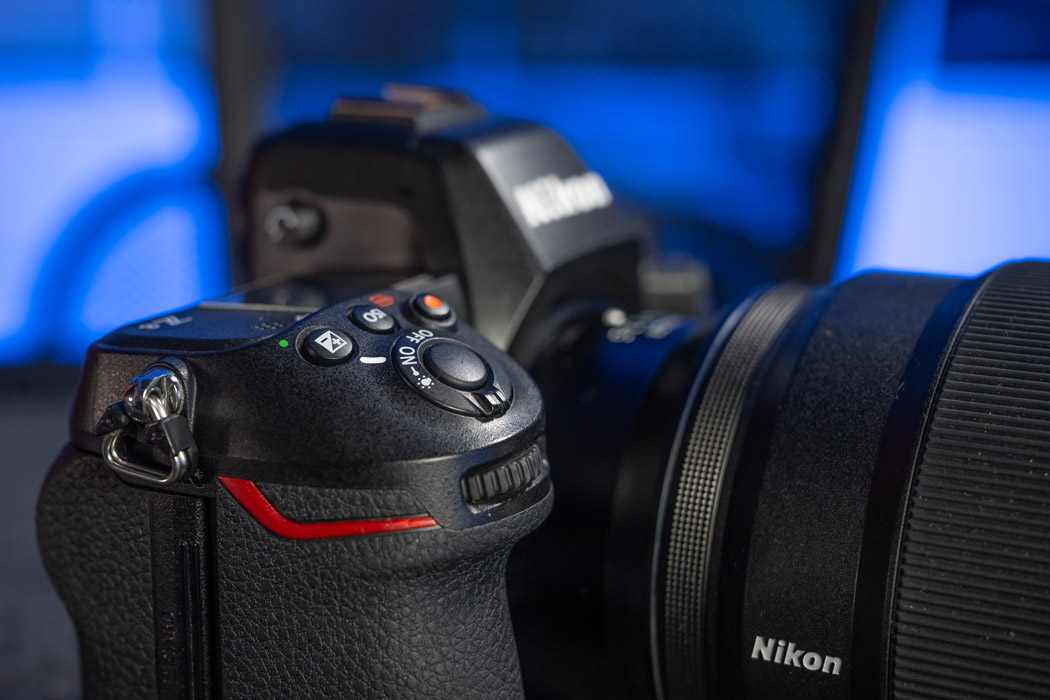
Nikon Z8 Negatives – What Holds It Back
No Nikon Z8 Review would be complete without mentioning its downsides:
- Battery Life: The EN-EL15c drains quickly, especially with 8K recording or heavy bursts. Carrying multiple spares is essential.
- Weight: Lighter than the Z9 but still hefty for long hikes or travel.
- Heat Management: Extended 8K shooting can lead to overheating warnings.
- Quiet Shutter Feel: DSLR shooters and serious photographers might miss that shutter slap or thud we used to get, the solid confirmation that yes you just fired off a shot and captured the moment. The Z8 has a very poor imitation “sound” to replace this and personally, I so hated that for months.
- Tethering Problems: Recent firmware updates broke Lightroom tethering facility, forcing workarounds that slow down studio workflows.
None of these are deal-breakers, but they’re worth keeping in mind depending on your style of photography of course.
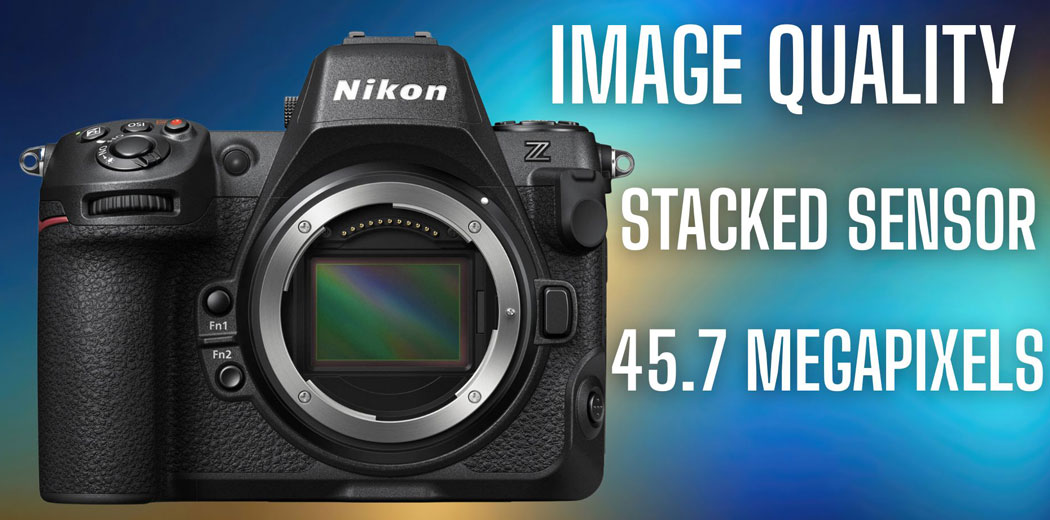
Image Quality – The 45.7MP Sensor Shines
At the heart of the Z8 is Nikon’s 45.7MP stacked CMOS sensor, delivering stunning details and great dynamic range. Paired with the EXPEED 7 processor, this camera handles everything from golden-hour landscapes to high-contrast cityscapes with remarkable clarity.
Highlights roll off smoothly, shadows retain clean details and the Raw files straight out of camera are incredibly flexible in post. Skin tones are natural and of course Nikon’s color science still has that signature richness without looking oversaturated. This for me always makes editing my photographs so much easier.
One of the slight differences I noticed between my Z7ii and Z8 is the colouring and on the Z8 it’s just that slight bit nicer, looking more natural and just requiring slightly less work in post processing.
The stacked sensor on the Z8 with its ultra fast readout time of just 3.7ms gives us the ability to capture 8K60P raw video and high burst speeds while eliminating rolling shutter in stills and video. This is what makes the Z8 and Z9 (as they both have this sensor fitted) so unique but also so expensive as stacked sensors are very expensive.
In my mind this stacked sensor is definitely worth the money though, considering the added features it provides gives the Z8, that’s money well spent in my eyes. The Nikon Z6iii interestingly has a partially stacked sensor which gives you some of the benefits of a stacked sensor but at a greatly reduced price.
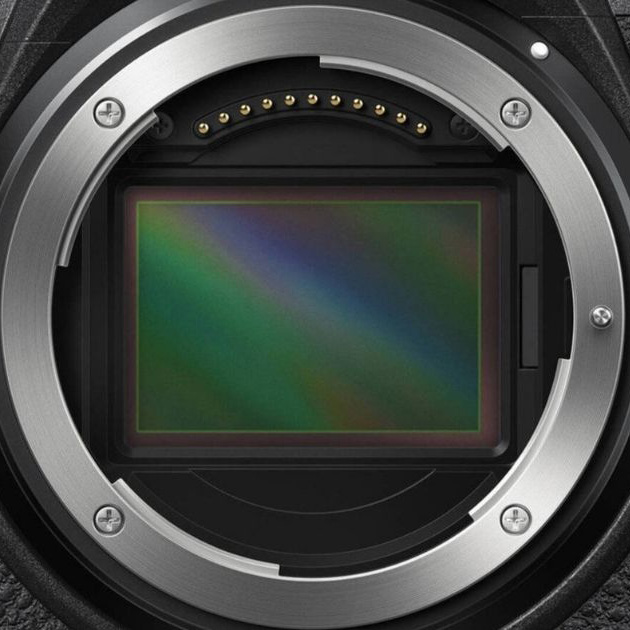
The Z8’s High ISO performance is very good too of course as it performs exactly the same as the flagship Nikon Z9. Now, ISO is always a tricky one as we all have different acceptable levels for noise and for me personally, I feel comfortable around ISO 3,200 and at a serious pinch up around ISO 6,400 but again as I say that’s just me and how I perceive noise.
For a 46mp sensor its high ISO performance is brilliant and don’t forget we now have the luxury of some great post processing software to further reduce noise yet again in seconds.
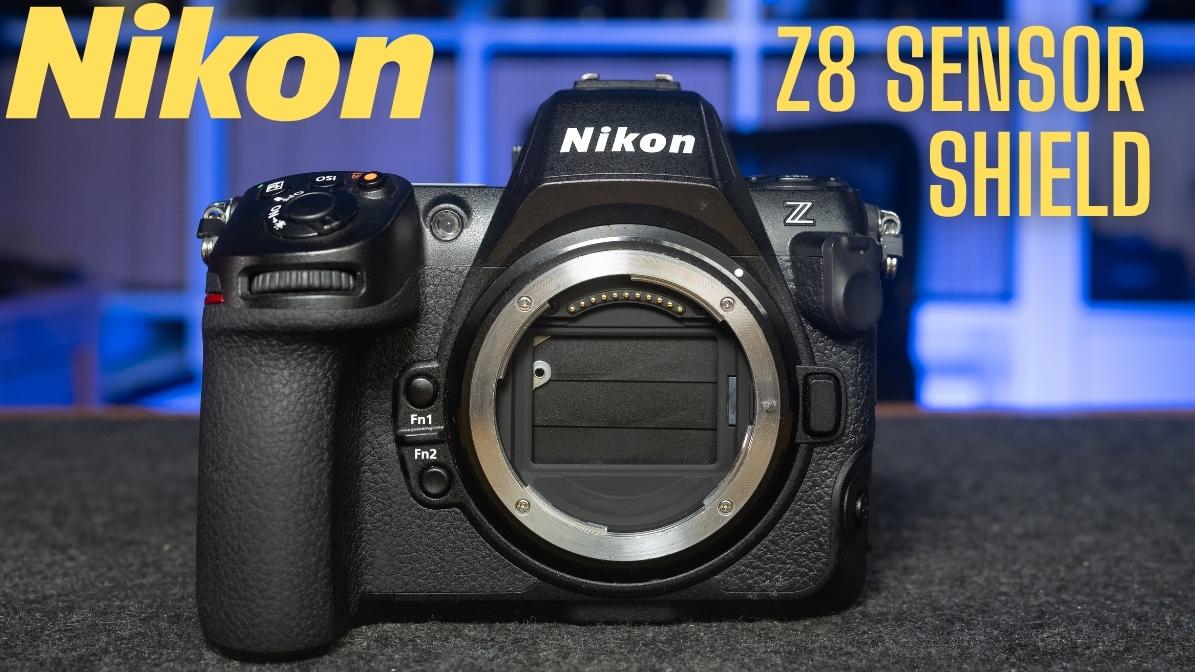
Z8 Sensor Shield
Before we move on from the sensor it would be very wrong of me not to talk about the sensor shield in the Z8. This is a fantastic addition, especially if you change lenses a lot out in the field. This shield pops into action when you switch off the camera and it basically helps prevent dust and micro fibres from getting sucked onto the sensor via static electricity.
Yes, sensors generate static electricity and this can attract these tiny little particles onto your sensor, so having a shield there really does help. Now of course nothing is perfect but anything that helps is appreciated.
Personally, I think every camera should come with a sensor shield and I can’t figure out why the Z6iii wasn’t given one.
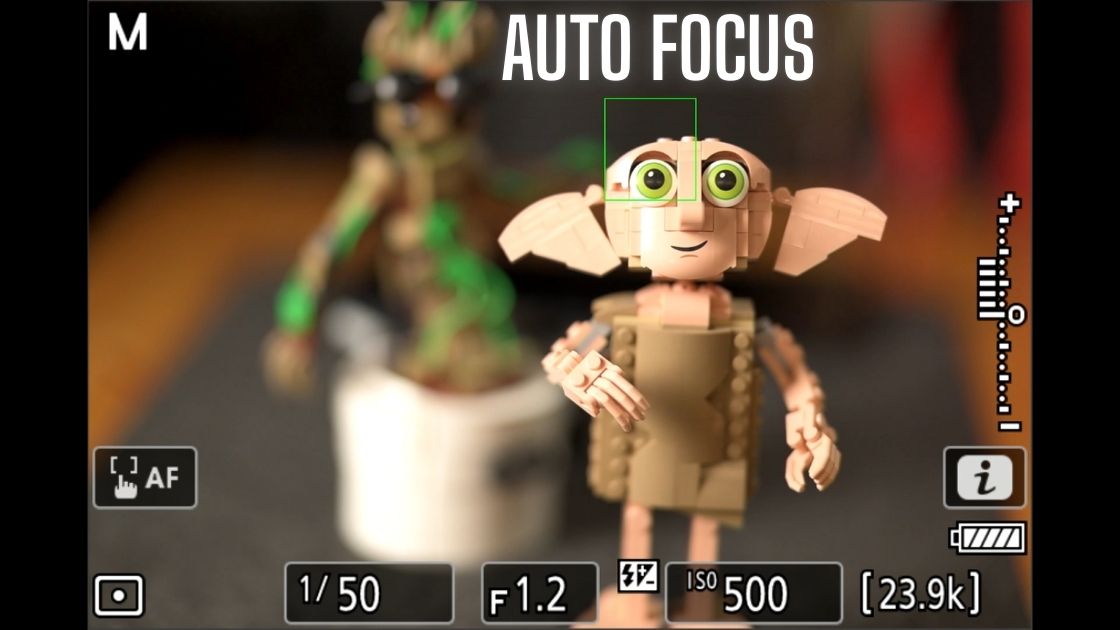
Autofocus Performance – A Game Changer
One of the standout positives of this Nikon Z8 Review has to be it’s autofocus. Nikon has made massive gains here over the last few years and there is no doubt the Expeed 7 processor and constant firmware updates are the major driving forces here.
With my Nikon D850, I would finish a commercial shoot with 700 plus perfectly sharp images and only about 3 or 4 out of focus shots. With my earlier Nikon mirrorless cameras I would lose 40 plus shots on that shoot!
That lack of reliability was frustrating and very stressful on paid shoots as you have three models, hair and makeup, a stylist and a company director all standing around waiting for the next shot. I tried every different focus setup out there but I just couldn’t get it as good as my D850.
The Z8 changed everything though as its autofocus system locks on with confidence, it’s amazing for tracking eyes, animals and birds with speed and precision. The Eye-Detect AF is fast and accurate and with its ability to shoot at 20fps RAW bursts, I very rarely miss a critical moment anymore.
The addition of Focus Limiter now only adds to this cameras ability to capture the shot you need every time no matter how demanding the situation you are shooting is.
I have my full Z8 autofocus setup video below and look out for my Z8 autofocus book coming out soon.
Video Capabilities – True Hybrid Powerhouse
The Nikon Z8 isn’t just a stills camera, its video capabilities are nothing short of outstanding with internal 8K 60P NRAW 12 bit recording, ProRes RAW HQ 12 bit, ProRes HQ 10bit and H.265 codecs also. You have multiple video codecs and quality options so you can focus more on quality or recording space or compression if you prefer.
8K 60P 12 bit NRAW gives us huge dynamic range, gorgeous colours and massive flexibilty in post processing, making colour grading a joy and 8K gives us loads of room for cropping if our output is in 6K or 4K.
We also have stunning oversampled 4k 60P from the 8K readout so from a video flexibilty viewpoint this is a fantastic bit of kit for any setup.
The stacked sensor gives the Z8 a super fast sensor readout of approx 3.7ms, this is what makes 8K60P possible and also practically eliminates rolling shutter issues also.
The Z8’s focusing is smooth and immediately inspires confidence, with subject detection it locks onto the eye and keeps your subject in focus. You also have the ability to control transition speeds so you can fine tune the look of your footage making it incredibly suitable for all genres of work.
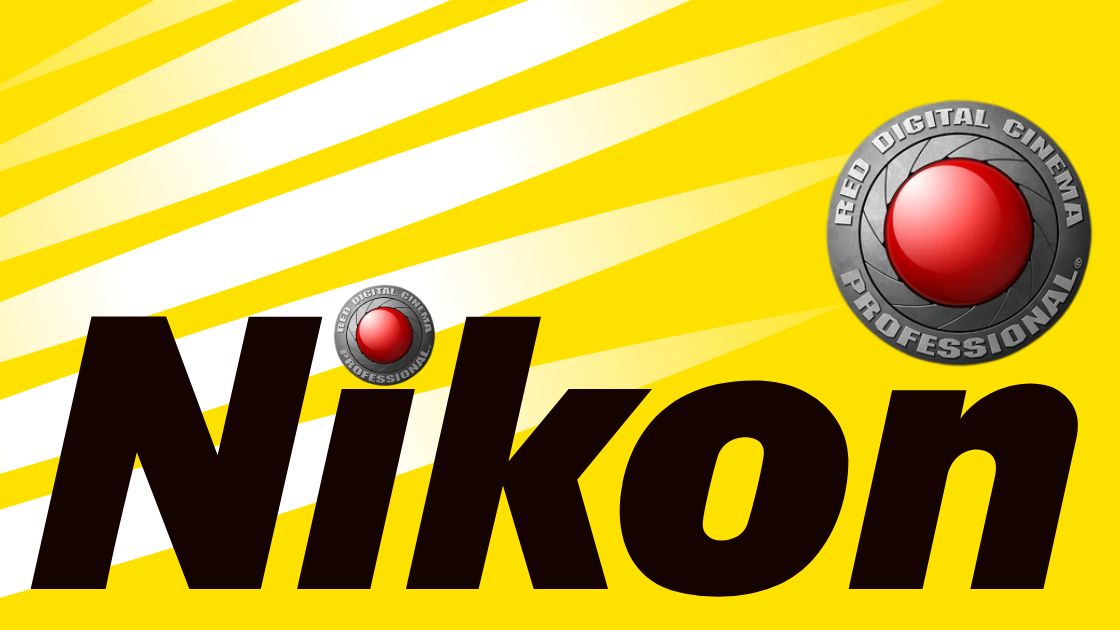
Nikon’s recent acquisition of RED also suggests an even brighter future for Nikon videographers, with more RED technology coming to Nikon cameras soon and with Nikon now releasing dedicated videography lenses now too, it’s just going to keep getting better and better.
This all means investing as a hybrid shooter in Nikon equipment is a step in the right direction. Or as a videographer friend of mine says the future is bright, the future is Nikon.
Of course there are also a whole range of third party accessories for this gorgeous camera into a true video monster capable of powering through serious work with ease. My video below runs you through my basic run and gun rig, my ultra portable more serious video rig all the way up to my more serious cinema rig.
The Nikon Z8 on a gimbal.
Finally for gimbal use, the Z8 is a lot easier to use here than the Z9 as it’s just not as heavy and with its smaller body it’s compatible with a wider range of gimbals then too. I have to admit here now though that for normal or 6K Gimbal use I tend to use my Nikon Z6iii now. The reason being is it’s even lighter and I personally find at 6K it’s more than good enough for what I need right now.
In saying that the Z8 is a pure weapon on a gimbal and works very well with my DJI and Zhiyun gimbals, so in short if you are looking for awesome 8K footage on a gimbal then look no further than the Z8.
Now, if I were asked which gimbal I use most with the Z8 right now I would have to say the Zhiyun Cinepeer 4E, that’s a pure animal of a gimbal and in my Zhiyun Cinepeer 4E video review here I tested it with the Nikon Z8 and a 3.3kg total payload and it worked perfectly, it also doesn’t hurt that it’s not very expensive either :-).
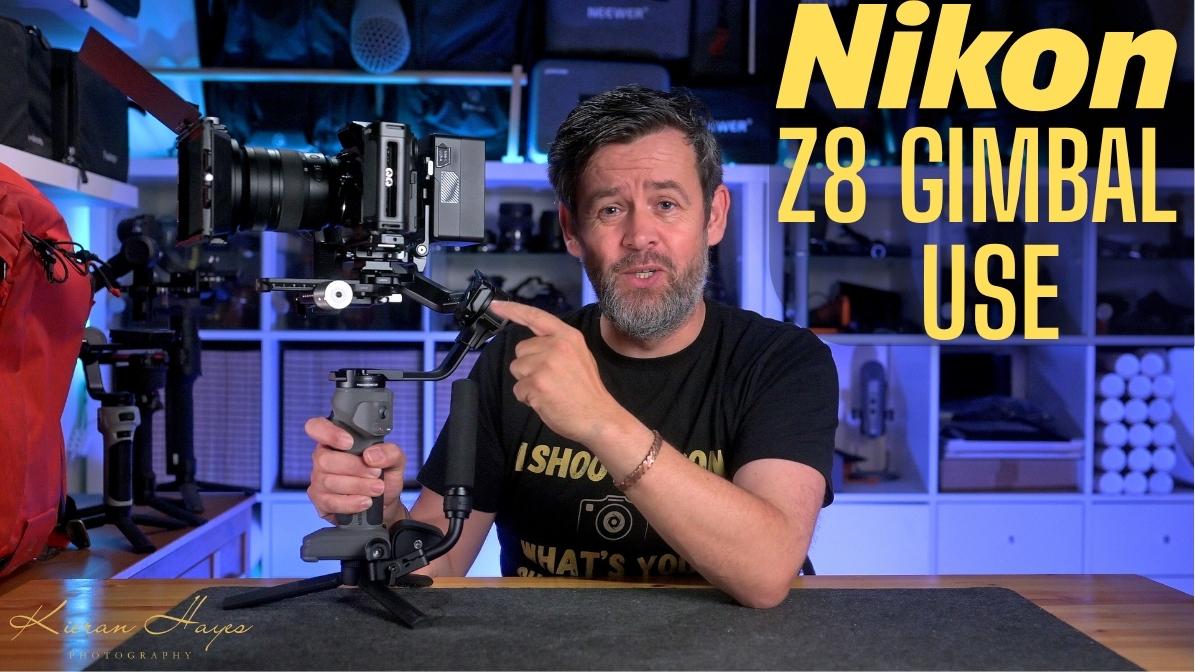
Hot card warnings
Now one of the slight drawbacks of the Z8 is that dreaded Hot Card warning, there was a lot of confusion when the Z8 was first released as users encountered this problem daily but the main reason for that was photographers and videographers were using older or slower CF Express Type B cards.
The older or less efficient CF Express cards just weren’t capable of handling the constant massive data transfer rates of the Z8 without overheating. The heat these cards generated simply couldn’t escape the cameras weather sealed body as there is no ventilation there. So the simple answer here is the card overheated.
I released a few videos on how to cool the Z8 and I have one of them posted below, there is also another video there that includes a modification someone made up to help soak more heat away from the camera body.
For me though the biggest improvement comes from using Generation 4.0 CF Express cards as they really helped here with their much faster data transfer rates they are much more efficient and generate less heat.
What’s the best CF Express card for the Z8?
Now the obvious answer here would be the Delkin Black or Prograde Cobalt cards as they are very fast and also super efficient, so they generate less heat, the only issue here is they are expensive so naturally people wanted a cheaper alternative.
After testing several cards I first found the Pro Grade Gold Gen 4.0 card (vip it’s gen 4.0) to run cool enough and still be capable of 8K60P for me this has been my default recommendation for people looking for a cooler cheap good quality card for over a year.
A few months back I then tested the new Gen 4.0 Pergear CF Express Type B card and found it to run cooler again than the ProGrade Gold card and crazily it was even cheaper.
So, right now if you ask me what’s the Best CF Express card for this camera I would say the Delkin Black, Prograde Cobalt or if you want amazing performance at a great price with cool results it has to be the Prograde Card gen 4.0 card.
VIP watch out for this when buying a CF Express card!
One thing to watch out for here is that the higher capacity models of those cards also have higher sustained data transfer rates.
This is very important to note as when you see data transfer rates some cards can deliver very high data transfer rates but only for a few seconds, which is no good when shooting in burst modes or shooting video.
The sustained write speed is the speed a card consistently deliver so watch out for that.
Firmware Updates – Why the Z8 Keeps Getting Better
One of the biggest selling points of the Z8 is Nikon’s ongoing commitment to firmware updates. Instead of releasing new bodies every year, Nikon is steadily improving the Z8 with new features like:
- Bird-detection autofocus
- Shutter angle
- Pixel-shift for ultra-high-resolution images
- Rich tone portrait profiles
- Pre-capture JPEG support
- Image authentication (coming soon)
- Auto Capture (coming soon)
My Z8 is now a totally different camera to the one I bought and it continues to improve. With this kind of support, Nikon are extending the camera’s life for professional work and it makes the Z8 an even stronger long-term investment now.
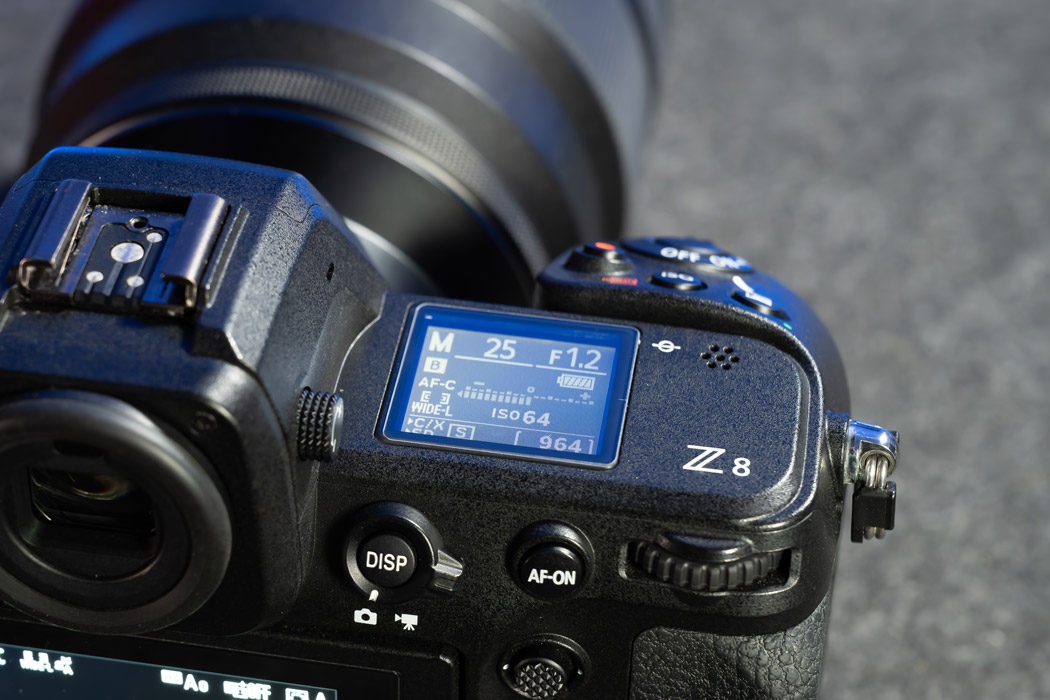
Card Slots and Battery life
Card slots
Dual card slots (CFexpress Type B + SD UHS-II) give you that essential redundancy option for professional photography so you can rest at ease knowing you have a backup image at all times.
SD cards are widely used and readily available but while the UHS-II cards are fast enough they are nowhere near as fast as CF Express cards.
CF express are fantastic for heavy video work like recording in 8K 60P in RAW or shooting fast burst in stills as they have the speed and the added bandwidth needed to cope with all that data.
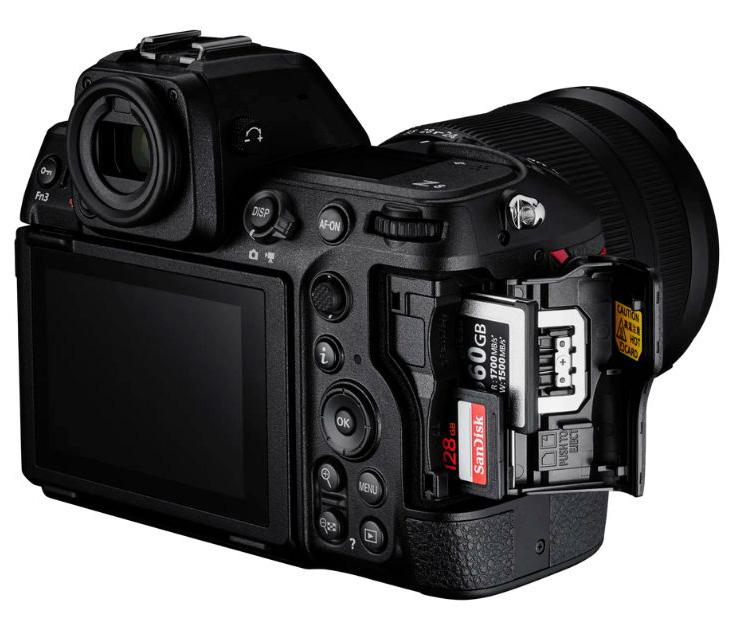
So in short the Z8 having dual cards slots is great and while the universally used SD format is great for some people others would prefer dual CF Express cards like the Z9 has. That would give you the ability to backup your images even in high fps burst modes in RAW, SD cards just can’t keep up with the Z8 here sadly.
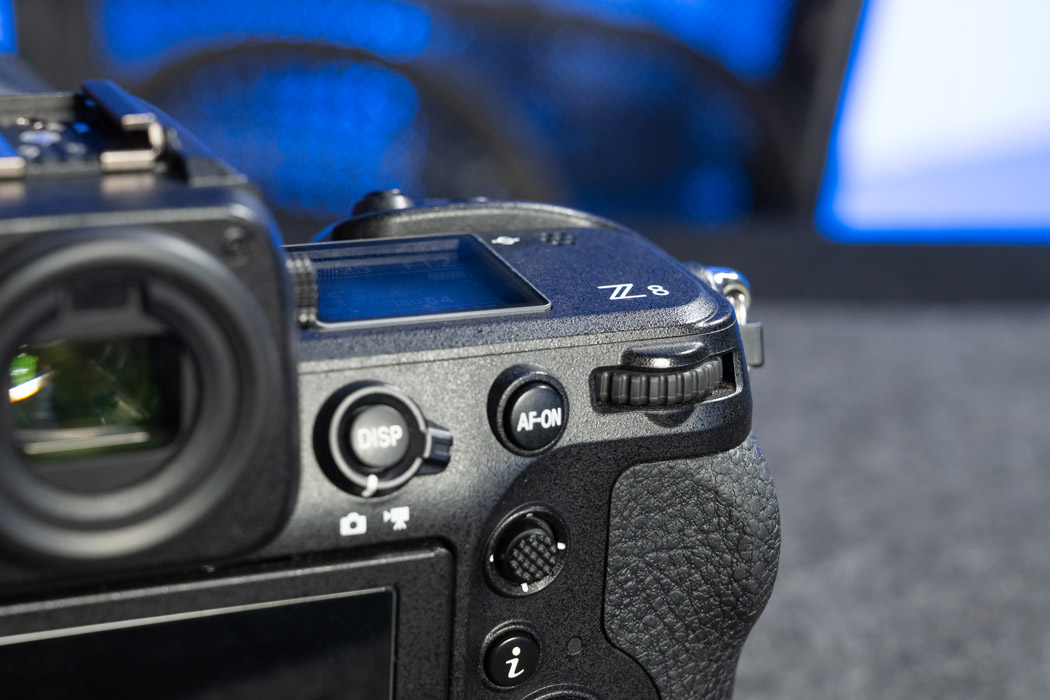
Battery Life
Battery life is solid for stills, but that fast processor and its ability to power through in burst modes means it’s a bit power hungry, so for me personally I still expect to use 3 to 4 batteries on a full 8 hour photo shoot, with more spares on hand just incase.
USB-C PD charging has been a lifesaver on location — one good power bank can keep charging the battery so I can often times run off a single battery all day, the only disadvantage to that is the added heat build up in the camera. The battery acts as both a source of heat as does the internal charging circuit.
So if you want to keep your camera cooler then replacing that warm battery with a room temperature one will help to keep your Z8 cooler over the course of the day.
For video use again it’s going to demolish batteries in no time, I usually use V-mount batteries to power the camera or again run it off my monitors large NPF batteries both of these options again feed into the USB-PD port. I run you through that in the video below, if you are interested.
Long-Term Reliability
Over the past year, the Z8 has become my primary workhorse. It’s been through heat, cold, dust and rain and it’s never let me down. While there were recalls at the start, they seem to have solved the issues and my Z8 is working perfectly.
The Firmware updates have only improved AF performance and video options, which is a huge plus for a camera that’s already so capable out of the box.
In short it just keeps getting better in fact it feels like a completely different camera now to the one I bought as soon as it launched.
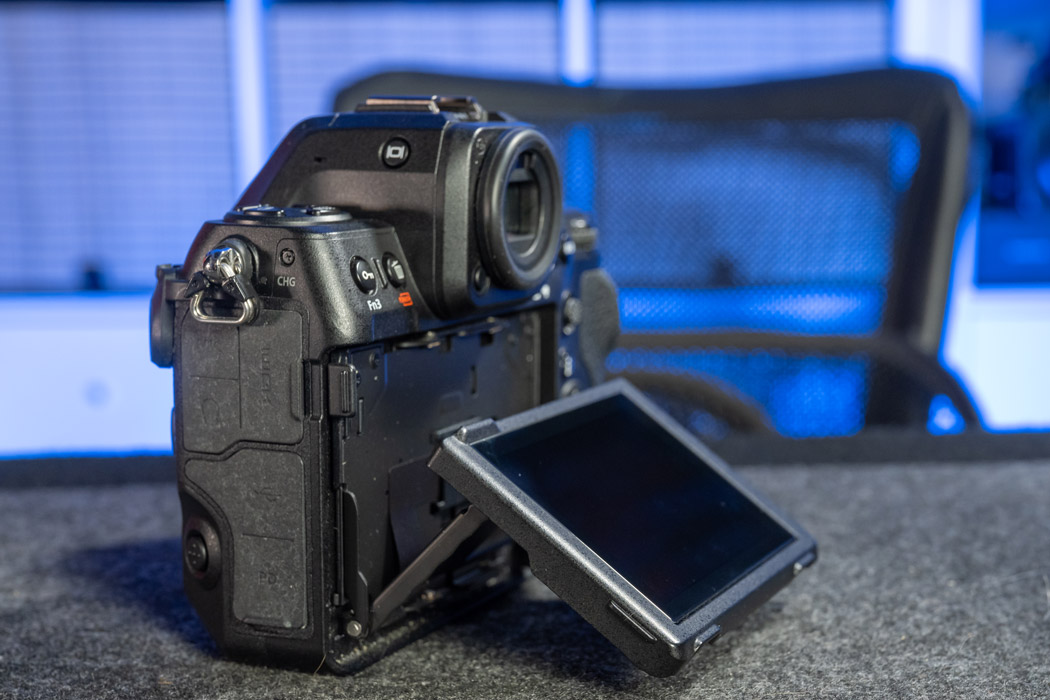
Nikon Z8 Review Conclusion
So, after 14 months of daily use, where does this Nikon Z8 Review land? Simply put: the Z8 for me has to be one of the best cameras Nikon has ever produced.
It combines the handling of the D850 with the speed, versatility and sheer intellect of mirrorless cameras. It’s not flawless, but its strengths far outweigh its weaknesses for me. Whether you’re a portrait photographer, a landscape shooter, a wildlife enthusiast, or a videographer, the Nikon Z8 simply delivers as you would expect, its a pure joy to use and I have no regrets at all with my investment.
If you’re considering buying the Z8 then my advice is simple: stop hesitating and just do it. If you have the budget then just go for it, you won’t regret it. Crazily it also just keeps getting better with time thanks to all the updates.
If you are now thinking about buying the Z8 then please do consider purchasing it via one of my links below, it costs you nothing but it does help support my reviews and all the helpful Nikon content I constantly post on both my website and my youtube channel, so thank you for that.
Don’t forget to checkout my Nikon Z8 best 10 accessories here also.
Thanks for reading my Nikon Z8 review and don’t forget to checkout my Youtube videos where I have a ton of very useful information for you on your Z8.
How to keep the Nikon Z8 cool.
See you out there,
Kieran.
Frequently Asked Question
Nikon Z8 Review : Taming this incredible beast in 2025
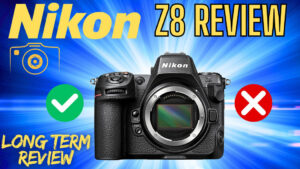
Welcome to my Nikon Z8 Review and after over 14 months of daily use these are my Pros and Cons and how the Z8 has worked for me on a professionally level and what I think of it.
4.9
Pros
- Autofocus Excellence: Super-fast, sticky and accurate in almost every scenario.
- Image Quality: Beautiful color science, rich skin tones and ultra-sharp 46MP files
- Dynamic Range: 14 stops of flexibility make editing a joy.
- High-Speed Shooting: 20fps RAW burst shooting for sports, wildlife and action.
- Stabilization: In-body 5-axis IBIS gives up to 6 stops of handheld freedom.
- Video Features: Internal 8K RAW recording for hybrid creators.
- Firmware Support: Nikon continues to roll out meaningful updates.
- Practical Touches: Sensor shield to protect from dust and a versatile flip screen.
